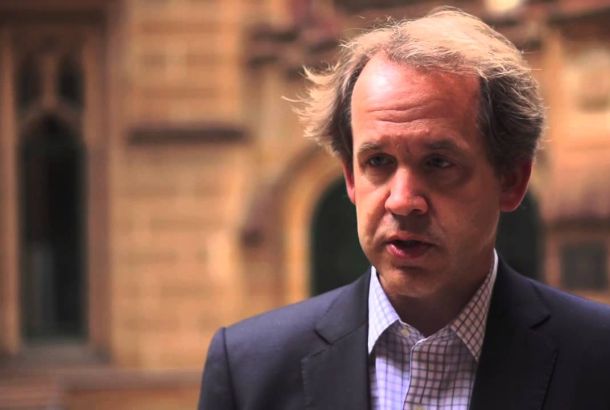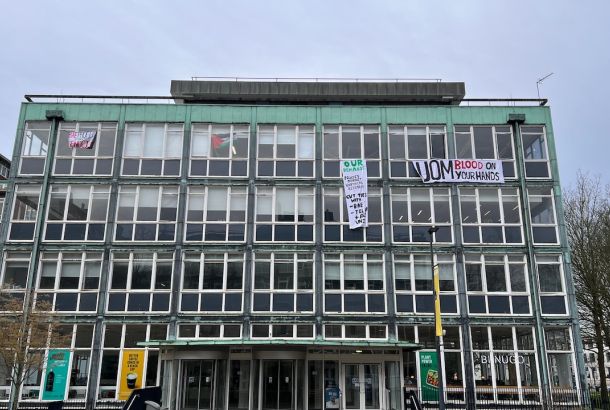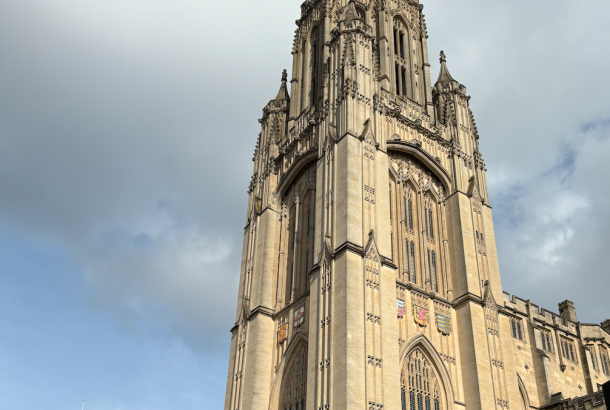Manchester to add 100,000 people and 65,000 jobs by 2036

According to the city council’s annual State of the City report, Manchester is set for a period of major growth in its population, housing, and offices over the next decade and a half.
The report compares the progress of sectors including economics, property, and homelessness to previous years, and lays out a future vision for Manchester. This year’s report outlines major developments set to take place across the city and predicts significant growth in population and employment.
Population growth has occurred across the whole of Manchester but is most significant in the city centre and surrounding wards. Due to new development, Manchester City Council predicts an increase of 637,000 residents by 2025, with 100,000 of them expected to be concentrated in the city centre. The report states that students, graduates, and professionals are being drawn to the city centre, whilst larger families are settling in the inner suburbs.
Similarly, employment in Manchester has continued to grow. The latest ONS Business Register & Employment Survey demonstrates that employment rose from 357,000 in 2015 to 392,000 in 2017. The largest number of employees in Manchester, 20.2%, are employed within the financial, professional and scientific sectors; 6% higher than England as a whole. Between 1996 and 2016, 85,000 jobs were created in Manchester, and a further 65,000 are expected by 2036. As a result of major developments in the city, construction, in particular, is predicted to grow.
Significant industrial development is set to take place across Manchester. Most notably, Mayfield is set to undergo commercial, retail and leisure development, as well as a 6.5-acre city park located along the River Medlock. Developments are also planned for St John’s, Circle Square, Deansgate Square, The Oxford Road Corridor, and Manchester Airport.
Since 2014/15, Manchester has built over 10,000 homes, many of which have been backed by the £300m Greater Manchester Housing Investment Fund. Manchester remains the largest office market in any city outside London, with further office spaces to be established over the next few years. Furthermore, the potential arrival of HS2 and Northern Powerhouse Rail into Manchester Piccadilly and the proposed investment in the area could bring 40,000 jobs, 13,000 homes and 8.8m sq/ft of commercial development to the site.
Efforts are also being made to increase access to settled homes, involving initiatives in both the social and private rented sectors. Work is also underway to review Manchester’s Social Allocations Policy to ensure that it continues to meet the housing needs of its residents.
Alongside this, work is being done to establish a homeless access hubs pilot in seven areas of the city, which will deliver pop-up clinics in homeless hostels, enhanced support for GP registration, and extended new patient health checks for homeless patients.







